
If you’re shipping dangerous goods internationally, strict compliance with regulations is essential. Incorrect packaging, labeling, or documentation can lead to fines, delays, or border rejections. But don’t fret – it doesn’t need to be complicated! This guide covers everything you need to keep your shipment compliant and on schedule – straight from the logistics experts. Dive in!
What are dangerous goods?
Let’s start with the basics, as there’s often confusion around what qualifies as dangerous goods. These are substances or items that can pose risks to health, safety, property, or the environment during transport. These can range from everyday products to highly specialized materials.
You might also hear the term hazardous materials, or hazmat – especially in the United States. While the terms are often used interchangeably, they essentially refer to the same types of regulated items, though “dangerous goods” is the preferred term internationally.
Common examples of dangerous goods (or hazmat) include:
- Lithium batteries (used in electronics and power tools)
- Dry ice (used for cold shipments)
- Perfume, nail polish, and aerosol sprays
- Industrial chemicals and cleaning agents
- Medical samples and diagnostic specimens
What are the nine hazard classes of dangerous goods?
Dangerous goods are grouped into nine hazard classes under the United Nations (UN) classification system. Understanding this is essential, as it ensures each type of substance is handled and transported according to the appropriate safety guidelines.

Class 1 – Explosives
Materials that can explode, causing fires, shrapnel, and shockwaves. This class includes fireworks, ammunition, and certain industrial explosives.
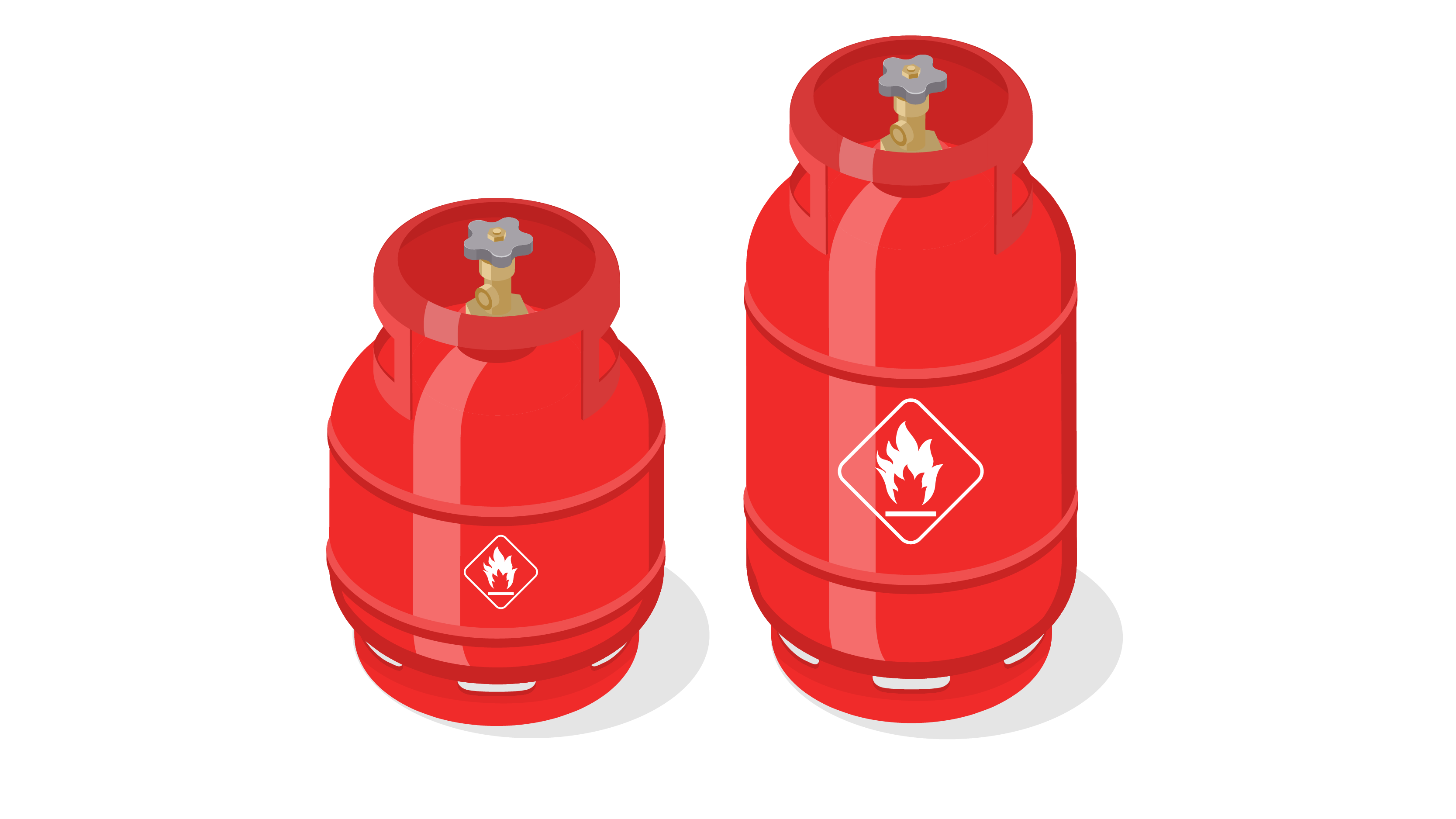
Class 2 – Flammable Gases
Substances which are gaseous at room temperature and can be flammable or toxic. Examples include petroleum gases, lighters, helium, and insecticide gases.
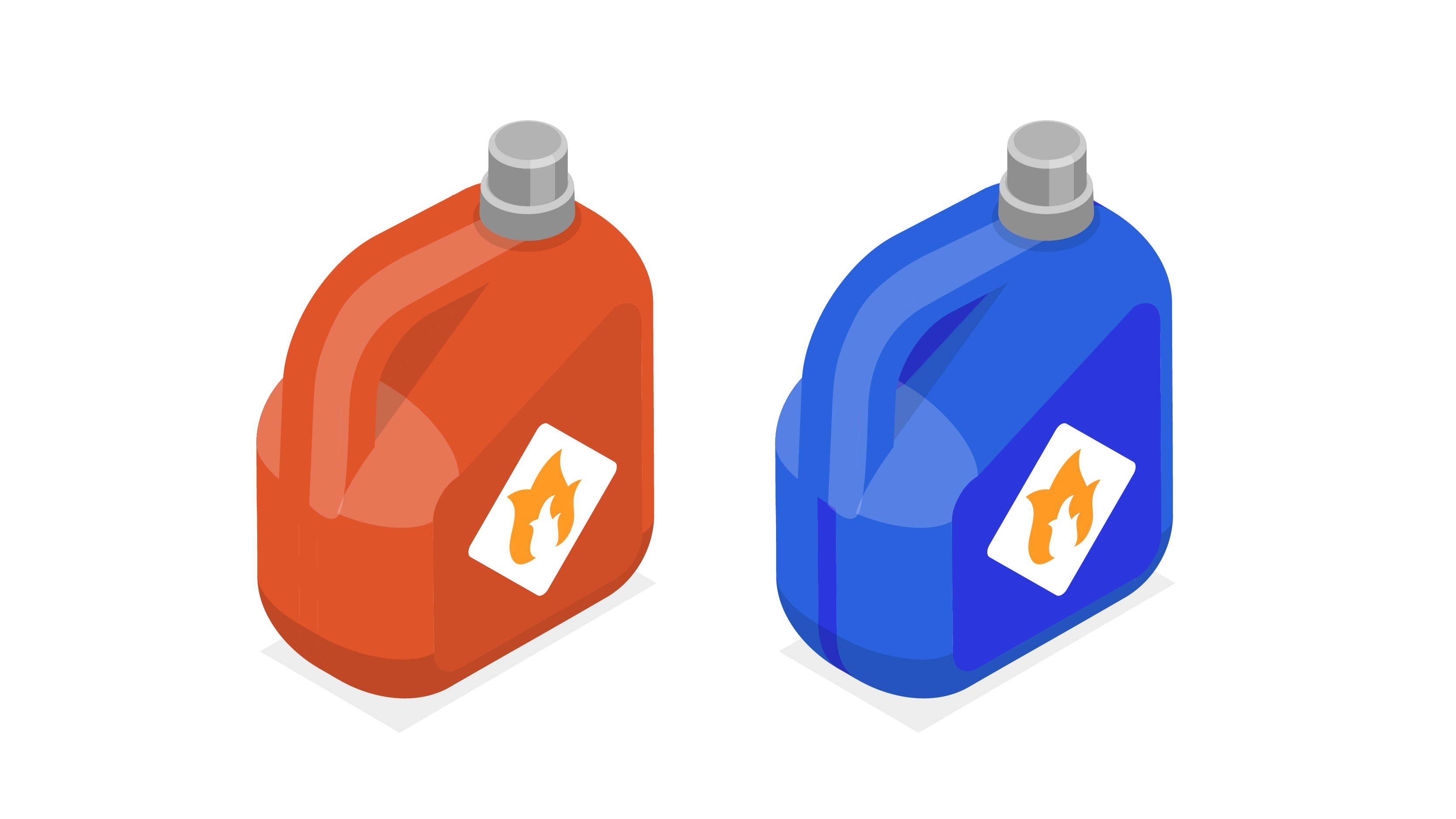
Class 3 – Flammable Liquids
Liquids that ignite easily, such as gasoline, perfumery products, alcohol, acetone, and diesel fuel.

Class 4 – Flammable Solids
Substances that are solid but can ignite through friction, absorption of moisture, or chemical changes. Examples are matches, sodium batteries, and certain types of metal powders.

Class 5 – Oxidizing Substances and Organic Peroxides
Materials that can release oxygen to stimulate the combustion of other materials. This includes fertilisers and calcium nitrate.
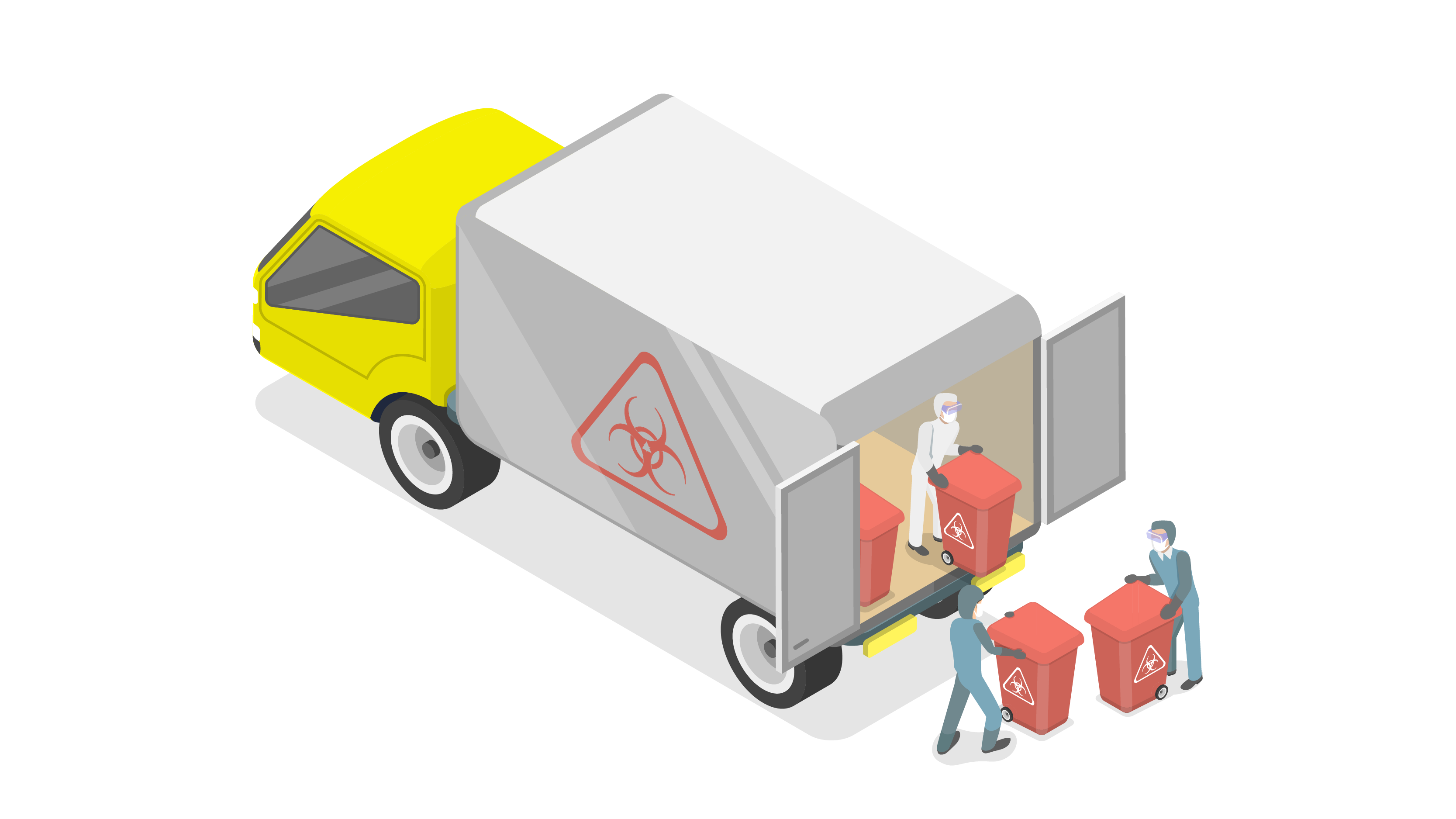
Class 6 – Toxic and Infectious Substances
Materials that can cause death, injury, or illness if swallowed, inhaled, or if they come into contact with skin. This class covers arsenic compounds, cyanide, and medical waste.
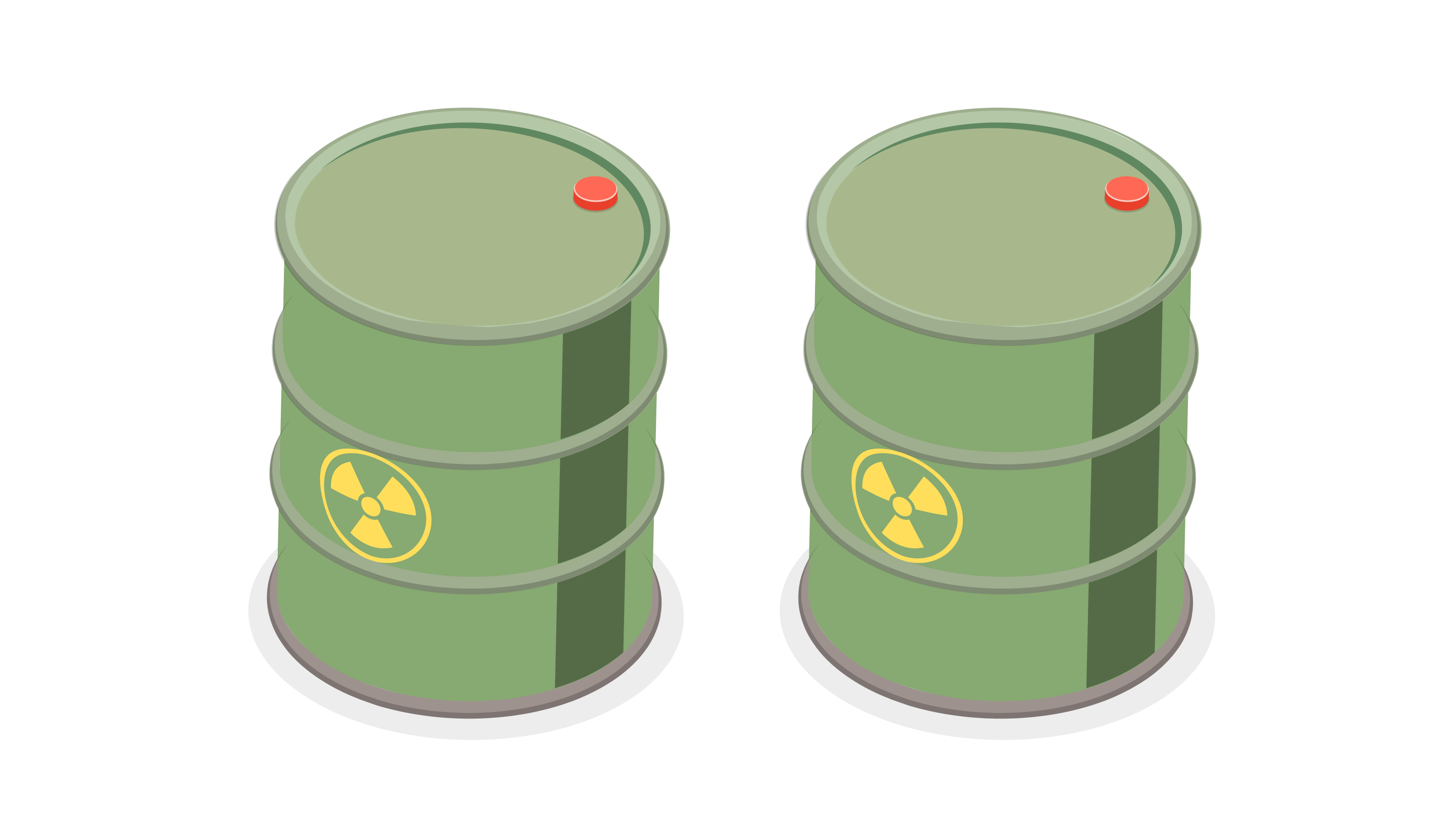
Class 7 – Radioactive Material
Substances that emit radiation, including medical treatment products and nuclear waste.
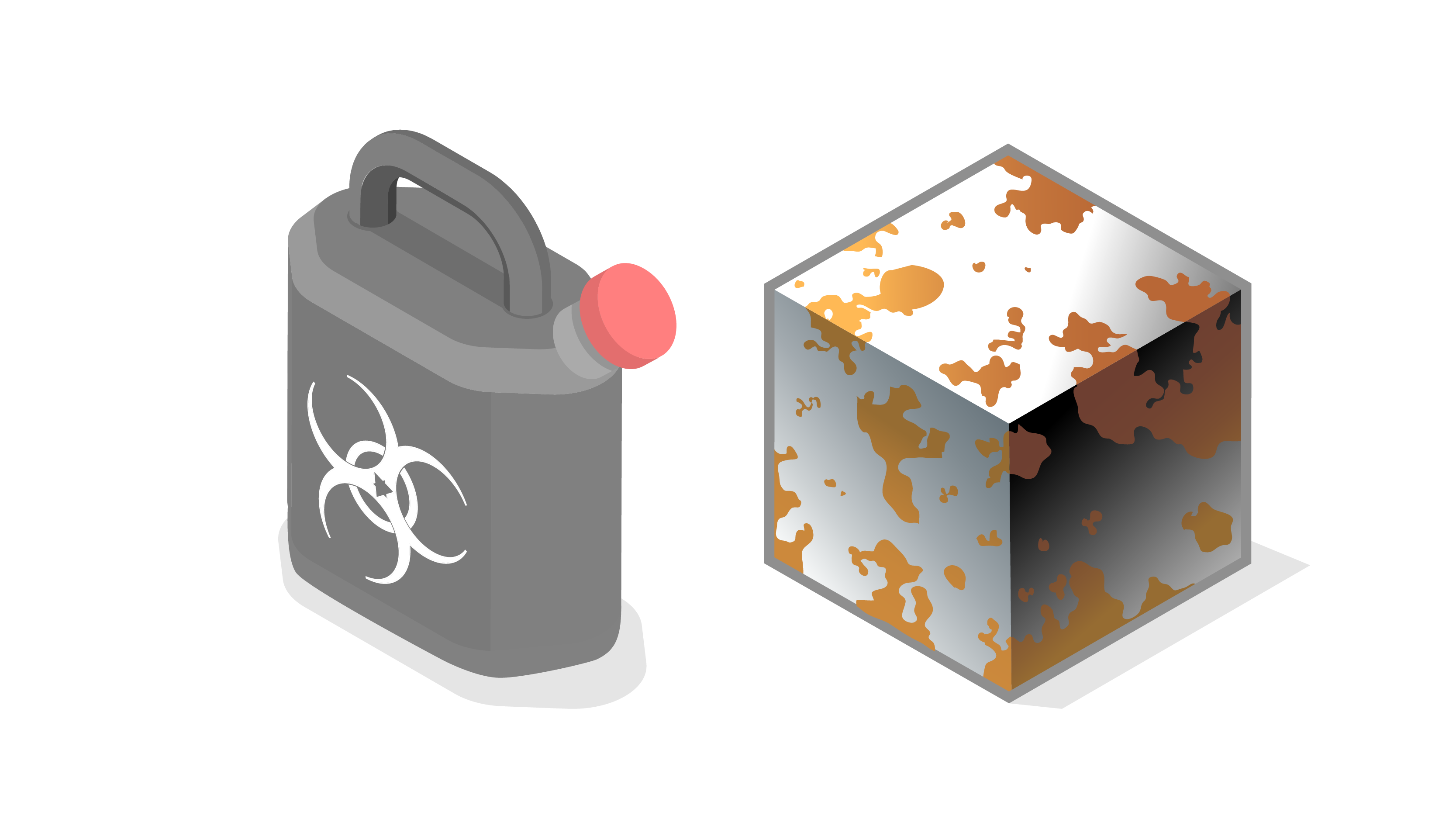
Class 8 – Corrosives
Substances that can dissolve organic tissue or severely corrode metals. Examples are acids like sulfuric acid, mercury, hydrochloric acid and various other acids.

Class 9 – Miscellaneous Dangerous Goods
Items that do not fit into the other categories but are considered dangerous for transport fall under Class 9 DG. This includes dry ice, environmentally hazardous substances, magnetized materials, self-inflatable rescue equipment like vests and airbags, lithium batteries, as well as consumer goods such as aerosols, body lotions, and perfumes.
Dangerous goods shipping regulations
Companies involved in dangerous goods transport must follow strict international regulations to ensure safe handling and transit. Two major regulatory bodies are:
- IATA (International Air Transport Association) – this sets global standards for airlines, freight forwarders, ground handlers and shippers, including detailed guidelines for the shipment of hazardous materials.
- ADR (European Agreement concerning the International Carriage of Dangerous Goods by Road) – covering road transport within Europe.
These regulations set out specific rules for the classification, packaging, labeling, and documentation of dangerous goods/hazmat. Failing to comply can result in serious consequences – from rejected shipments to legal penalties.
Understanding whether your shipment qualifies as dangerous goods or hazmat is the first step in making sure it travels safely and legally.
Required documentation for dangerous goods shipping
Proper documentation is essential when shipping dangerous goods internationally. Not only is it a legal requirement, but it also plays a critical role in ensuring the safety of everyone involved in handling and transporting hazardous materials.
Each shipment must be accompanied by specific paperwork that clearly identifies the contents and confirms that the goods have been packaged and declared according to applicable regulations. Key documents typically include:
- Dangerous Goods Declaration (DGD): A legally required form stating that the contents are properly classified, packaged, and labeled.
- Material Safety Data Sheet (MSDS or SDS): This provides detailed information on the chemical properties and hazards of the substance.
- Air Waybill: This includes transport details and emergency contact information.
- Import/Export Permits or Licenses: In some cases, specific permits are needed depending on the nature of the goods and destination country.
Failure to provide the correct documentation can lead to customs delays, fines, or even the return or destruction of the shipment.
Labeling requirements
Hazardous materials labels provide immediate identification for handlers, transport personnel, and emergency responders. They must be compliant with regulations. Common labeling elements include:
- Hazard class labels (e.g., flammable, toxic, corrosive)
- UN identification number
- Handling labels (e.g., "This Way Up")
Each mode of transport (air, sea, road, rail) may have specific labeling requirements, so it’s important to consult the relevant regulations (IATA, IMDG, ADR, etc.) to ensure full compliance.
Packaging requirements
Packaging dangerous goods correctly is not just a safety measure – it’s a legal requirement. The right packaging minimizes the risk of leaks, spills, or reactions during transport and ensures compliance with international regulations. This includes:
- Using UN-certified packaging: These packages are tested to withstand pressure, impact, and temperature changes. Each is marked with a UN specification code that indicates the type of packaging, material, and performance level.
- Choosing the right packaging group: Based on the level of danger, substances fall into Packaging Groups I (high danger), II (medium danger), or III (low danger). The packaging used must be suitable for the group.
- Inner, intermediate, and outer packaging: Some goods require multiple layers to ensure containment and absorb leaks or vapors.
- Seals and closures: Packages must be securely closed using methods approved for that package type – tamper-proof if necessary.
Improper packaging can result in rejection by carriers, fines, or even criminal liability in cases of injury or environmental harm.
Compliance standards
All packaging must meet the standards set by international and regional regulations, including:
- IATA Dangerous Goods Regulations (for air transport)
- IMDG Code (for sea transport)
- ADR (for road transport in Europe)
These regulations outline not just how goods must be packed, but also how they should be labeled, documented, and handled during transit. Staying up to date with these standards is essential, as regulations can change frequently.
Regular training, audits, and consultation with certified dangerous goods professionals can help ensure your business stays compliant – and avoids costly disruptions.
Shipping dangerous goods internationally with DHL
DHL Express is authorized to transport certain classes of dangerous goods by both air and road, in compliance with international regulations. These shipments are accepted only to and from approved destinations, and under strict conditions that ensure safety and legal compliance.
- With a team of specialized dangerous goods experts, we guarantee meticulous adherence to international safety and regulatory standards, offering personalized support to navigate any shipping challenges.
- Our operation is streamlined for efficiency, ensuring your goods are on the next available flight and cleared in advance to minimize delays.
- Our dedicated courier services and expedited delivery options highlight our tailored approach to handling hazardous materials.
To facilitate such shipments, DHL Express requires that all dangerous goods be correctly classified, packaged, labeled, and documented according to the relevant legal standards.
Shippers must be approved and audited by our Restricted Commodities Team before sending any dangerous goods through our network. To gain approval to ship, please speak to your DHL Account Manager.
Shipping dangerous goods doesn’t need to be daunting. While the regulations can be complex, understanding how to classify, package, document, and label these materials correctly is the key to ensuring safe and compliant international transport. With the right knowledge – and the right logistics partner – you can keep your business moving safely and efficiently.
Open a DHL Express Business Account



















